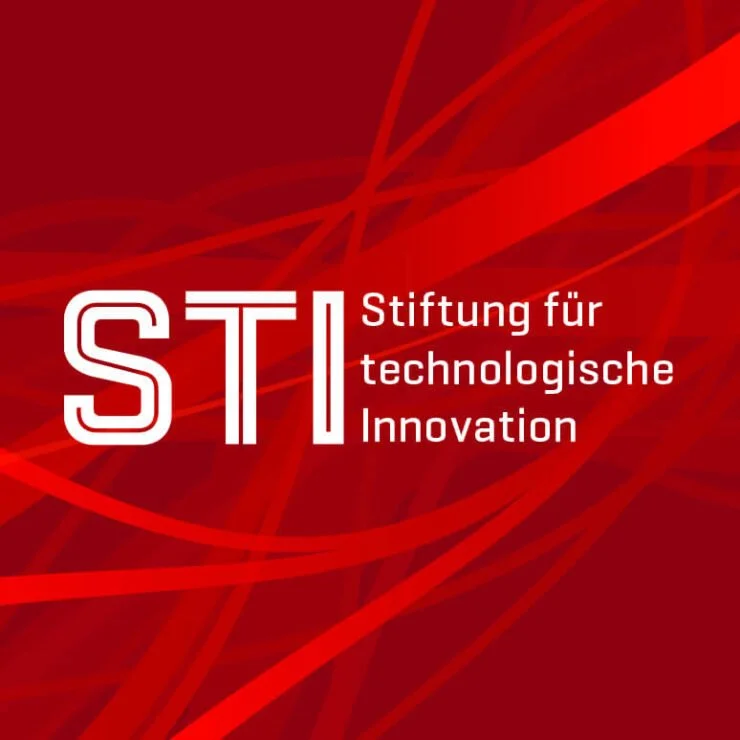From Research to Operations. Digital to Physical.
Built to Last.
SWIXS integrates fragmented systems across Switzerland - from visitor identity infrastructure (government-backed research) to essential building services (operational acquisitions). We don't just design systems. We operate them.
Making complex systems work seamlessly.
〰️
Making complex systems work seamlessly. 〰️
What We Do
We identify fragmented, inefficient systems - and make them work as one.
Our Focus
Systems integration research (identity, interoperability, coordination)
Infrastructure operations (HVAC, fire safety, access control, facility management).
Our Approach
Research → Prototype → Operate → Scale

Current Projects
SWIXS Labs (Research & Prototyping)
Government-backed research into interoperable systems for Swiss tourism and mobility.
Project: LoopPass—Interoperable Visitor Identity Layer for Swiss Tourism
Supported by: Innosuisse (Innovation cheque, approved Sept 2025)
Partner: HSLU (Lucerne University of Applied Sciences and Arts)
Status: Active research (completion by March 2026)
What we're enabling -> Multi-stakeholder coordination across hotels, mobility providers, and destination systems - designing identity infrastructure that connects fragmented ecosystems while respecting Swiss privacy standards.
SWIXS Engineering (Operations & Acquisitions)
Acquiring and integrating Swiss infrastructure SMEs across essential building services.
Focus: HVAC, fire safety, access control, facility management
Approach: Acquire profitable companies, integrate operations, layer intelligence
What we're building -> Switzerland's integrated infrastructure platform - one partner across all building systems, combining local operations with intelligent optimization.

Why Swixs
SWIXS stands for Swiss Infrastructure Systems - reflecting our mission to integrate fragmented infrastructure services across Switzerland under one intelligent platform.
Proven in Complex Environments We've operated in aviation (Zurich Airport passenger flow coordination - recognized by IMD Top 30, IATA Accelerate) and now research interoperable systems for tourism and mobility (Innosuisse-backed, HSLU partnership). From Research to Operations, we don't just design systems for others to operate. We research, prototype, and then acquire the infrastructure to operate it ourselves - applying lessons from digital interoperability to physical infrastructure ownership. Long-Term Thinking We're not flippers. We're builders. Infrastructure and systems that last generations.
Our Story
From Aviation to National Infrastructure
SWIXS began by applying systems thinking to airport operations at Zurich Airport, coordinating passenger flow across complex, multi-stakeholder environments.
That experience revealed a broader opportunity, fragmented systems exist everywhere in Switzerland - tourism (hotels, mobility, attractions), infrastructure (HVAC, fire, access control), and beyond.
Building the Foundation
Today, we operate on two tracks;
1. Research (SWIXS Labs): Government-backed studies into interoperable identity and coordination systems—proving we can design solutions for fragmented ecosystems.
2. Operations (SWIXS Engineering): Acquiring and integrating Swiss infrastructure SMEs - proving we can operate and optimize essential services at scale.
Same core capability
Making complex systems work seamlessly.
Roadmap
2025–2026
- Complete LoopPass feasibility study (Innosuisse-backed research)
- Infrastructure acquisition (CHF 2 - 5M revenue SME)
- Prove integrated operations model across both digital and physical infrastructure
2027+
- Scale LoopPass to multi-cantonal deployment (if research validates market)
- Acquire 5-10 infrastructure companies under SWIXS Engineering
- Establish SWIXS as Switzerland's systems integration platform - from research to operations
What We Enable
-
Collaborate on systems integration, interoperability, and coordination challenges
Current: LoopPass (Innosuisse + HSLU)
Future: Predictive maintenance, automation, energy optimization
-
Dignified exits with continuity for your team and clients
Fair valuation based on operational performance
Maintain local brand and presence
Access to capital, systems, and cross-sell opportunities
-
One partner across all building systems
Integrated service delivery (HVAC, fire, access, facility)
Unified data and optimization layer
Swiss quality at scale
-
Essential infrastructure with recurring revenue + government-backed research
Research credibility (Innosuisse validation)
Tangible assets (bankable, fundable infrastructure operations)
Long-term value creation (decades, not exit flips)
-
Pilot interoperable identity infrastructure (LoopPass research)
Cross-destination coordination
Privacy-compliant data sharing
Integration with existing systems
Get Involved
We're building Switzerland's systems integration platform—from government-backed research to operational infrastructure.
Interested in collaborating? Contact us to discuss:
- Research partnerships (SWIXS Labs)
- Acquisition opportunities (SWIXS Engineering)
- Investment in research or operations
- Tourism/mobility pilots (LoopPass)




